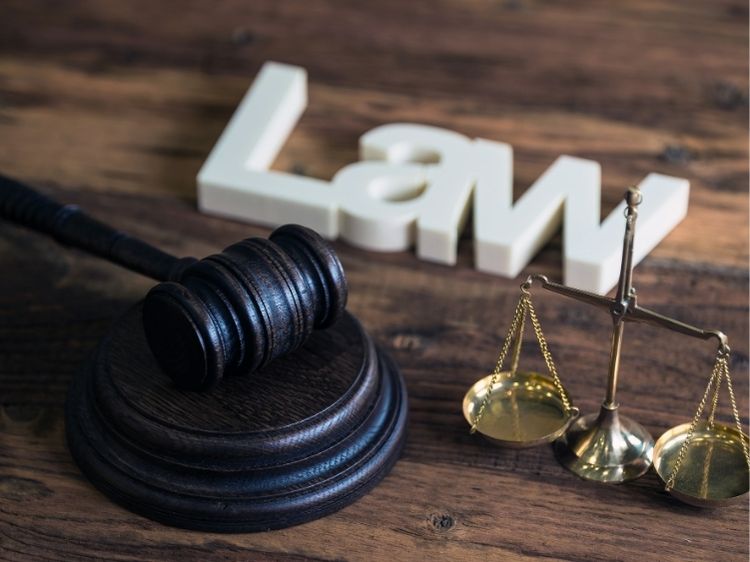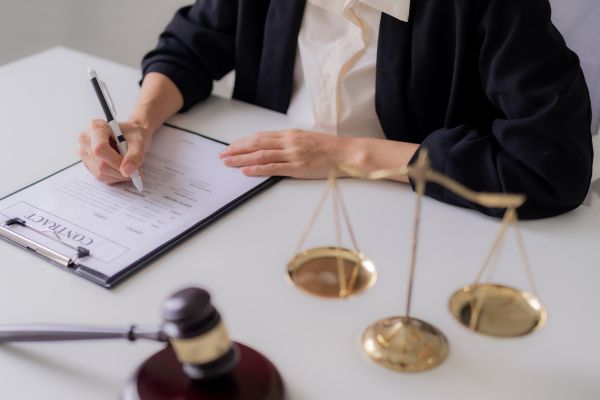Product Liability Elements: Understanding the Core Components
Ever wondered what happens when a product you’ve purchased causes harm? You’re not alone. Thousands of consumers face this predicament daily, and it’s where product liability comes into play. Product liability is a legal term that refers to a manufacturer’s, distributor’s, or seller’s responsibility to compensate for injuries caused by defective or dangerous products. But what are the key elements that must be proven to establish liability? Let’s dive deep into the essential components that make up product liability and how they work together to protect consumers like you.
What is Product Liability?
Before we get into the nitty-gritty details, it’s crucial to understand what product liability entails. In simple terms, product liability holds manufacturers, suppliers, or retailers accountable when their products cause harm to a consumer. The law varies from country to country, but the underlying principle remains the same: consumer protection. Whether it’s a faulty car, a malfunctioning electronic device, or contaminated food, the liability falls on those responsible for getting the product to market.
The Core Elements of Product Liability
When pursuing a product liability claim, the plaintiff must prove certain elements to establish a case. These elements are the backbone of any product liability case and must be thoroughly demonstrated to hold the defendant accountable. Here’s what you need to know:
- Defective Product
The first and foremost element is proving that the product in question is defective. But what does ‘defective’ mean? A product is considered defective if it has an imperfection that makes it unsafe for its intended use. Defects can occur at any stage of production, from design to manufacturing, and even in marketing.- Design Defects: These occur when the product’s design is inherently dangerous or flawed, making it unsafe for consumers. A classic example is a car with a design that causes it to flip over during sharp turns.
- Manufacturing Defects: These defects happen during the product’s construction or production phase. Even if the design is sound, a mistake in manufacturing can render a product dangerous.
- Marketing Defects (Failure to Warn): Sometimes, a product may be safe if used as intended, but if there are no proper instructions or warnings, it can cause harm. This is known as a failure to warn or marketing defect.
- Causation After establishing that the product is defective, the next step is proving causation. This means showing a direct link between the defect and the injury sustained by the plaintiff. In other words, you must demonstrate that the defect in the product was the actual cause of the injury.
- Actual Cause: Also known as “cause in fact,” this requires showing that the injury would not have occurred “but for” the defect in the product.
- Proximate Cause: This involves proving that the injury was a foreseeable result of the defect. The harm caused should be a natural consequence of the defect, not something too far-fetched or unforeseeable.
- Injury or Damage For a product liability claim to hold water, there must be an actual injury or damage. It’s not enough to prove that a product is defective; you must also show that this defect caused some form of harm, whether physical, emotional, or financial.
- Physical Injuries: These are the most common and include any bodily harm caused by the defective product.
- Emotional Distress: In some cases, a defective product can lead to emotional trauma, which may also be compensable.
- Financial Loss: This includes medical bills, lost wages, and other financial burdens resulting from the injury.
- Proper Use of the Product Another critical element is that the product must have been used as intended or in a reasonably foreseeable way when the injury occurred. If a consumer misuses a product in a way that was not intended or foreseeable, it could weaken the liability claim.
- Intended Use: The product was being used in the way the manufacturer intended.
- Foreseeable Misuse: Even if the product was not used as intended, if the misuse was foreseeable, the manufacturer could still be held liable.
- Breach of Warranty While not always necessary, proving a breach of warranty can strengthen a product liability case. Warranties are assurances provided by the manufacturer or seller about the quality and safety of a product. There are two types of warranties to consider:
- Express Warranty: These are specific promises made by the seller or manufacturer about the product’s quality or safety.
- Implied Warranty: These are unspoken guarantees that the product is safe for use and meets certain standards.
Types of Product Liability Claims
Product liability claims generally fall into three categories, depending on the nature of the defect. Understanding these categories can help in identifying the specific type of claim applicable to your situation.
- Strict Liability Under strict liability, a manufacturer can be held liable for injuries caused by a defective product, regardless of whether they were negligent. The key here is proving that the product was defective and that the defect caused the injury.
- Negligence In a negligence-based claim, the plaintiff must show that the manufacturer or seller failed to exercise reasonable care in the design, production, or marketing of the product. This could include a failure to inspect the product, inadequate quality control, or insufficient warnings.
- Breach of Warranty As mentioned earlier, a breach of warranty claim arises when a product fails to meet the standards or promises set out in its warranty. This could be an express warranty, such as a written guarantee, or an implied warranty that the product is safe for use.
FAQs About Product Liability Elements
Q1: What should I do if I’ve been injured by a defective product?
A: First and foremost, seek medical attention. Afterward, preserve the product and any evidence of the defect, document your injuries, and consult a lawyer who specializes in product liability.
Q2: Can I sue for emotional distress caused by a defective product?
A: Yes, if the emotional distress is a direct result of the defective product, you may be able to claim compensation. However, it’s essential to consult with an attorney to understand the specifics of your case.
Q3: How long do I have to file a product liability claim?
A: The time frame, known as the statute of limitations, varies depending on your jurisdiction. Typically, you have a few years from the date of the injury to file a claim, but it’s crucial to act quickly.
Q4: Do all product liability cases go to trial?
A: Not necessarily. Many product liability cases are settled out of court. However, if a settlement cannot be reached, the case may go to trial.
Q5: Can a retailer be held liable for selling a defective product?
A: Yes, retailers can be held liable if they sell a defective product that causes harm, especially if they were aware of the defect or failed to provide adequate warnings.
Conclusion
Navigating the world of product liability can be complex, but understanding the core elements is the first step in protecting your rights as a consumer. Whether it’s a design flaw, a manufacturing defect, or a failure to warn, the responsibility lies with the manufacturer, distributor, or retailer to ensure their products are safe for public use. If you’ve been harmed by a defective product, knowing these elements can help you build a strong case and secure the compensation you deserve.



